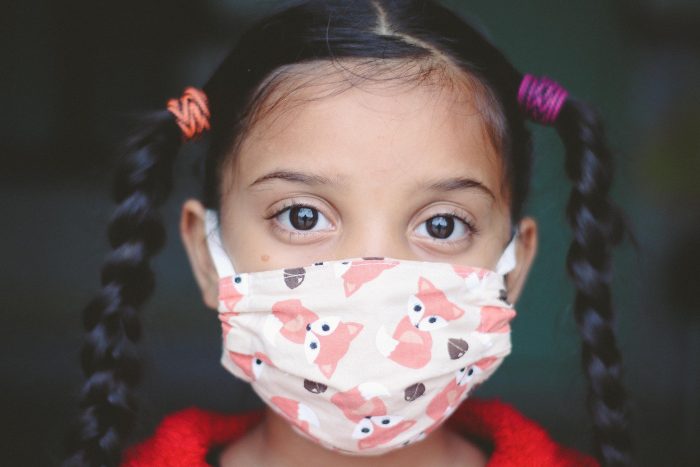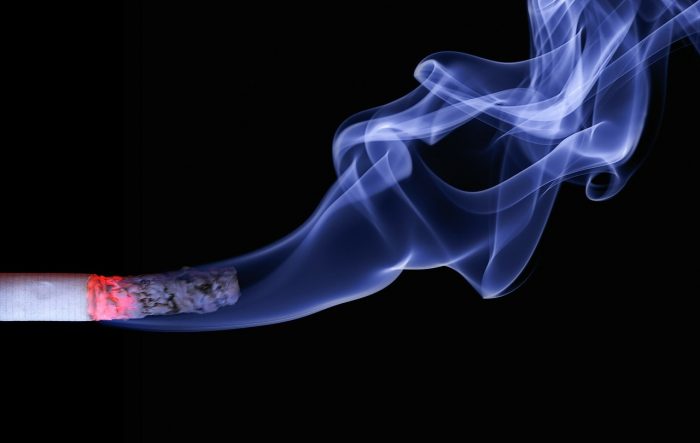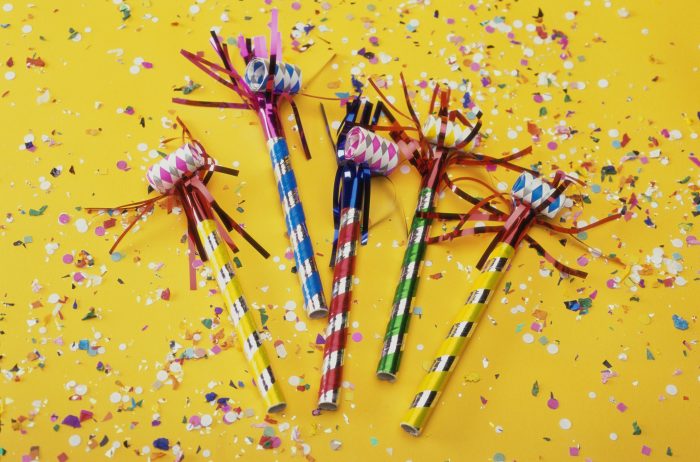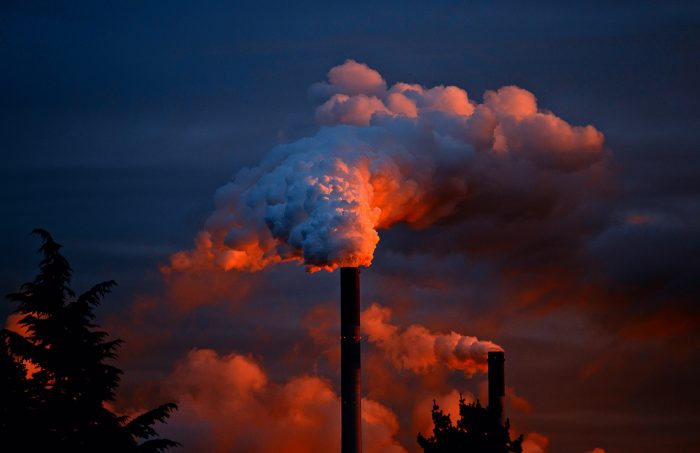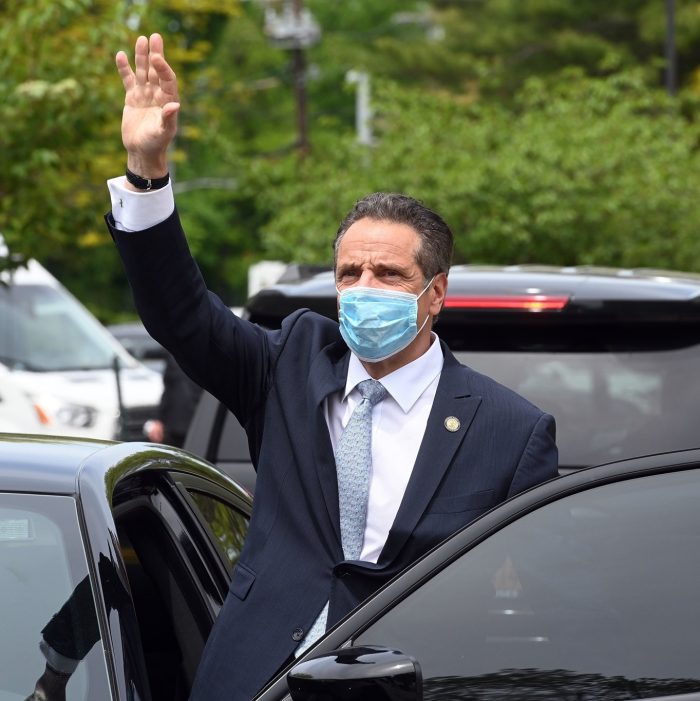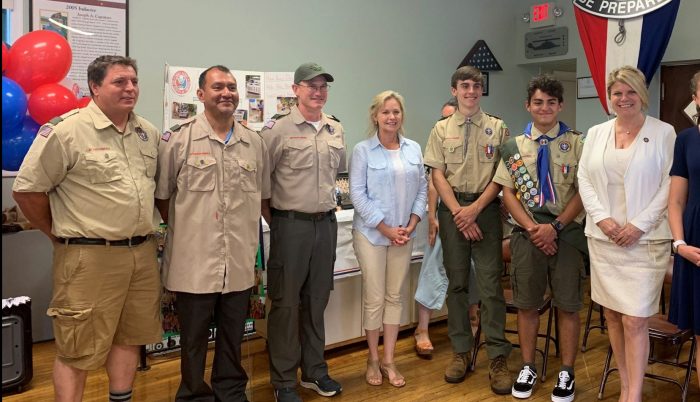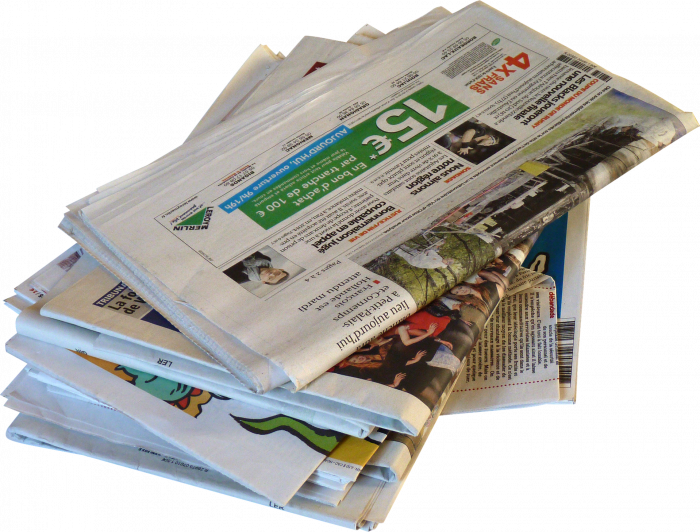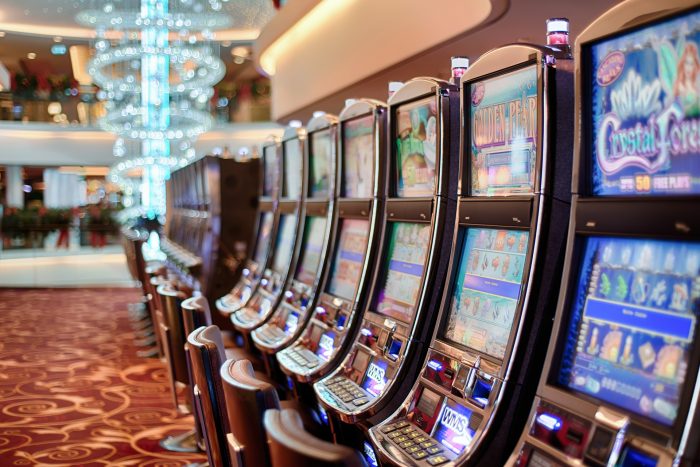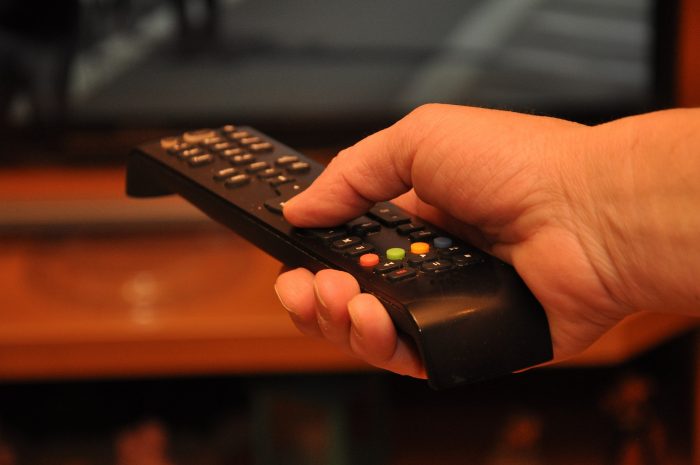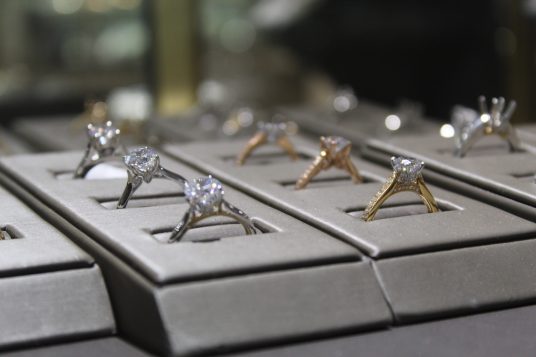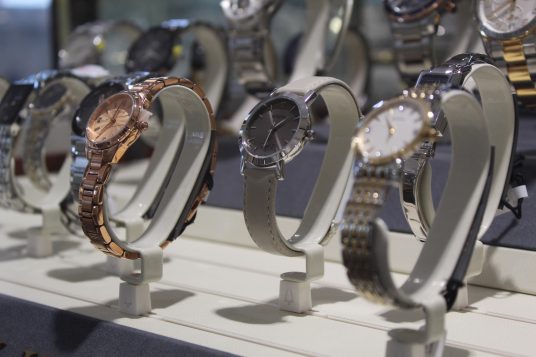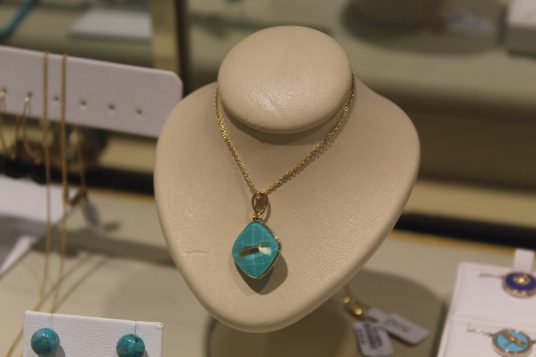On Tuesday, Aug. 10, New York State Gov. Andrew Cuomo (D) announced his resignation.
The announcement came a week after the release of a report by state Attorney General Letitia James (D) saying independent investigators concluded that the governor harassed multiple women from 2013-20. The resignation came after a virtual press conference held by his attorney Rita Glavin. She criticized the attorney general’s report and said it contains errors and omissions when recounting allegations made against Cuomo. Glavin added that each account needs more investigation.
“I think that women should be believed and they should be treated fairly,” she said. “I also believe men should be believed and treated fairly. All people should be given that, and everybody should have a chance to respond, and everybody should be scrutinized with what they say by facts, context and evidence. That hasn’t happened here.”
After the attorney general’s report was released, one of the alleged victims, former executive assistant Brittany Commisso, filed a criminal complaint saying the governor groped her and fondled her breast.
Cuomo said during his announcement that he will step down in 14 days. He will be replaced by Lt. Gov. Kathy Hochul (D) who will become the state’s first female governor.
The outgoing governor said he thanked those with sincere complaints as the women coming forward taught him an important lesson, and he said he took responsibility.
He added he felt that with some there are other “motivations at play.”
Local legislators react
Shortly after Cuomo announced his resignation, U.S. Rep. Lee Zeldin (R-NY1), who has been named the presumptive Republican nominee for governor in the 2022 race, released a statement saying the governor was “resigning to skirt all repercussions for his actions as opposed to accounting for his misconduct. He knows he would be impeached. He knows he would be voted out of office.”
“Andrew Cuomo broke the law and criminal repercussions must follow, despite him no longer serving in public office,” Zeldin said. “From his deadly nursing home order and cover-up, to his $5.1 million self-congratulatory book deal and serial harassment and abuse of others, he’s been unfit to continue serving for a long period of time.”
Zeldin also criticized Hochul in his Aug. 10 statement.
“Unfortunately, for New Yorkers, we’re left with Cuomo’s lieutenant who empowered this disgusting behavior while Andrew Cuomo cultivated this toxic culture, leaving a trail of victims in its wake,” Zeldin said. “Kathy Hochul has been silent scandal after scandal, from fatal nursing home policies and cover-ups to rampant harassment, intimidation, bullying and abuse.”
State Sen. Jim Gaughran (D-Northport) called the past few months “a very difficult period for the people of New York state” in a statement.
“I thank and commend the incredibly brave women who stepped forward and spoke truth to power,” he said. “No one is above the law.”
In the statement, Gaughran praised the next NYS governor and said he looks forward to working with her.
“I have known and worked with Kathy Hochul for years and there is no one better equipped to step in and lead New York as the state continues to navigate the pandemic and heal from these past few months,” he said. “Her decades of public service across the local, state and federal levels will serve New Yorkers well and help lead the state through this tumultuous time.”
State Sen. Anthony Palumbo (R-New Suffolk) said Cuomo’s “impending resignation is welcome news to New Yorkers.” He said the move saves the time and money that would be invested in impeachment.
“Now, state government must refocus its energies on defeating the COVID Delta variant, working to rebuild New York’s struggling economy and infrastructure, and combating the rise in violent crime,” he said.
“I look forward to working with New York’s first female governor, Kathy Hochul, to put this dark episode in state government behind us and work to heal the state as we move forward through these times of great uncertainty,” Palumbo said.
State Sen. Mario Mattera (R-St. James) on his official Facebook page said the resignation announcement should have happened months ago.
“Andrew Cuomo has abused his power in a truly reprehensible manner and it is unacceptable that he and his team attempted to hide or excuse his disgusting behavior,” Mattera wrote. “They must all be held accountable and it is imperative that all ongoing and future investigations be allowed to proceed to their rightful conclusions.”
Mattera said he is ready to work with Hochul.
“I congratulate her on this historic moment and promise my support and cooperation as she begins her tenure,” he said. “This is a truly tragic story of abuse and betrayal that has now reached its conclusion, and we need to make sure that today serves as the dawn of a new era for every New Yorker.”
Hochul’s first day in office will be Tuesday, Aug. 24.

